#st thomas aquinas
Text
“Stojan Adasevic, a Serbian abortionist when Serbia was still a communist country, managed to kill 48,000 children in utero in his 26 years as a purveyor of death.
Sometimes up to 35 per day.
But that's all on the past, as Stojan is now one of Serbia's most important pro-life voices.
As explained in a recent interview with the Spanish daily newspaper, La Razon:
The medical textbooks of the Communist regime said abortion was simply the removal of a blob of tissue. Ultrasounds allowing the fetus to be seen did not arrive until the 1980s, but they did not change his opinion. Regardless of what he believed, or thought he believed, Stojan began to have nightmares.
In describing his conversion to La Razon, Adasevic "dreamed about a beautiful field full of children and young people who were playing and laughing, from four to 24 years of age, but who ran away from him in fear. A man dressed in a black and white habit stared at him in silence. The dream was repeated each night and he would wake up in a cold sweat.
One night Stojan asked the man in black and white in his frightening dream as to his identity.
"My name is Thomas Aquinas," he responded. Stojan, educated in communist schools that pushed atheism instead of real learning, didn't recognize the Dominican saint's name.
Stojan asked the nightly visitor, "Who are these children?"
"They are the ones you killed with your abortions," St. Thomas told him bluntly and without preamble.
Stojan awoke in shock and fear. He decided he would refuse to participate in any more abortions.
Unfortunately, that very day in which he made his decision, one of his cousins came to the hospital with his four months-pregnant girlfriend―they had hoped for an abortion. Apparently, it wasn’t her first which is not uncommon in countries of the Soviet bloc.
Stojan reluctantly agreed, but, instead of the usual Dilation and Curettage (D&C) Method in which the fetus is torn apart with the use of a hook shaped knife called a curette, he decided to chop it up and remove it as a single mass.
Horrifically and providentially, his little cousin's heart came out still beating.
It was then that Dr. Adasevic realized that he had indeed killed a human being.
Stojan immediately notified his hospital that he would no longer perform abortions.
No physician in communist Yugoslavia had ever before refused to perform an abortion. The hospital and government's reaction was swift and severe.
His salary was cut in half and his daughter was immediately fired from her job. In addition, Stojan's son wasn't allowed to matriculate into the state university.
After many years of surviving the many privations orchestrated by pro-abortion/pro-death fundamentalist atheist government, Stojan was about to buckle under the pressure and give into its demands.
Fortunately, Stojan had another dream about St. Thomas.
St. Thomas assured Stojan of his friendship and Stojan was in turn inspired.
The physician became involved in the pro-life movement in Yugoslavia. In fact, he was able to get the state-run Yugoslav television station to twice broadcast Bernard Nathanson's anti-abortion film The Silent Scream.
Since then, Stojan has told of his anti-abortion stance and his reversion to the Orthodox faith of his childhood to newspapers and television stations throughout Eastern Europe. In fact, he has a strong devotion to St. Thomas Aquinas and is rarely, if ever, without the saint's books―his constant reading material.
Stojan often reminds his listeners that in his Summa Theologiæ, St. Thomas wrote that human life begins forty days after fertilization. Perhaps, Stojan would opine, "the saint wanted to make amends for that error."
Today Stojan continues to fight for the lives and rights of the unborn.”
235 notes
·
View notes
Text

Happy September! This floriated initial S comes from De generatione et corruptione (1520) written by St. Thomas Aquinas.
#rare books#old books#16th century#1500s#science history#st thomas aquinas#letter s#floriated initial#decorated initial#september
65 notes
·
View notes
Text
Charity is the virtue by which we love God above all things for His own sake, and our neighbor as ourselves for the love of God.
St. Thomas Aquinas
#catholicism#christianity#works of mercy#spiritual works of mercy#corporal works of mercy#charity#quote#st thomas aquinas#st thomas aquinas quote
26 notes
·
View notes
Text
“I've never seen so many books in all my life”
🕰️📖✨📜🕯️🌔
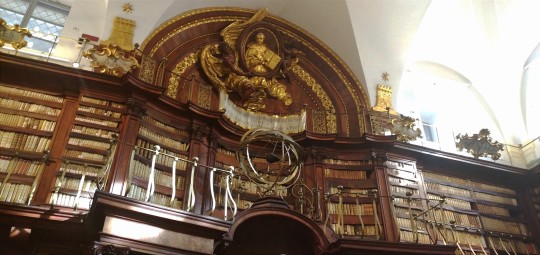



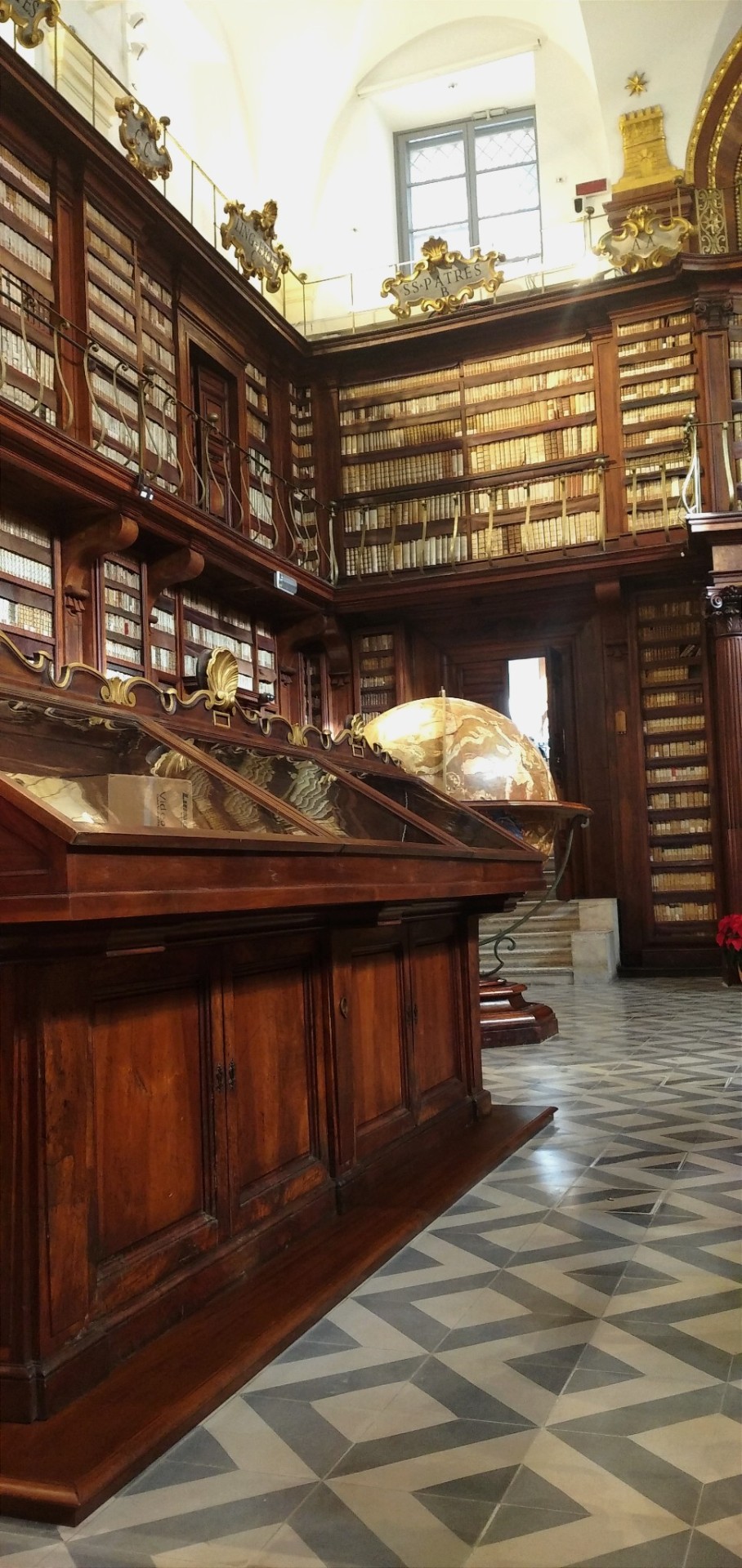

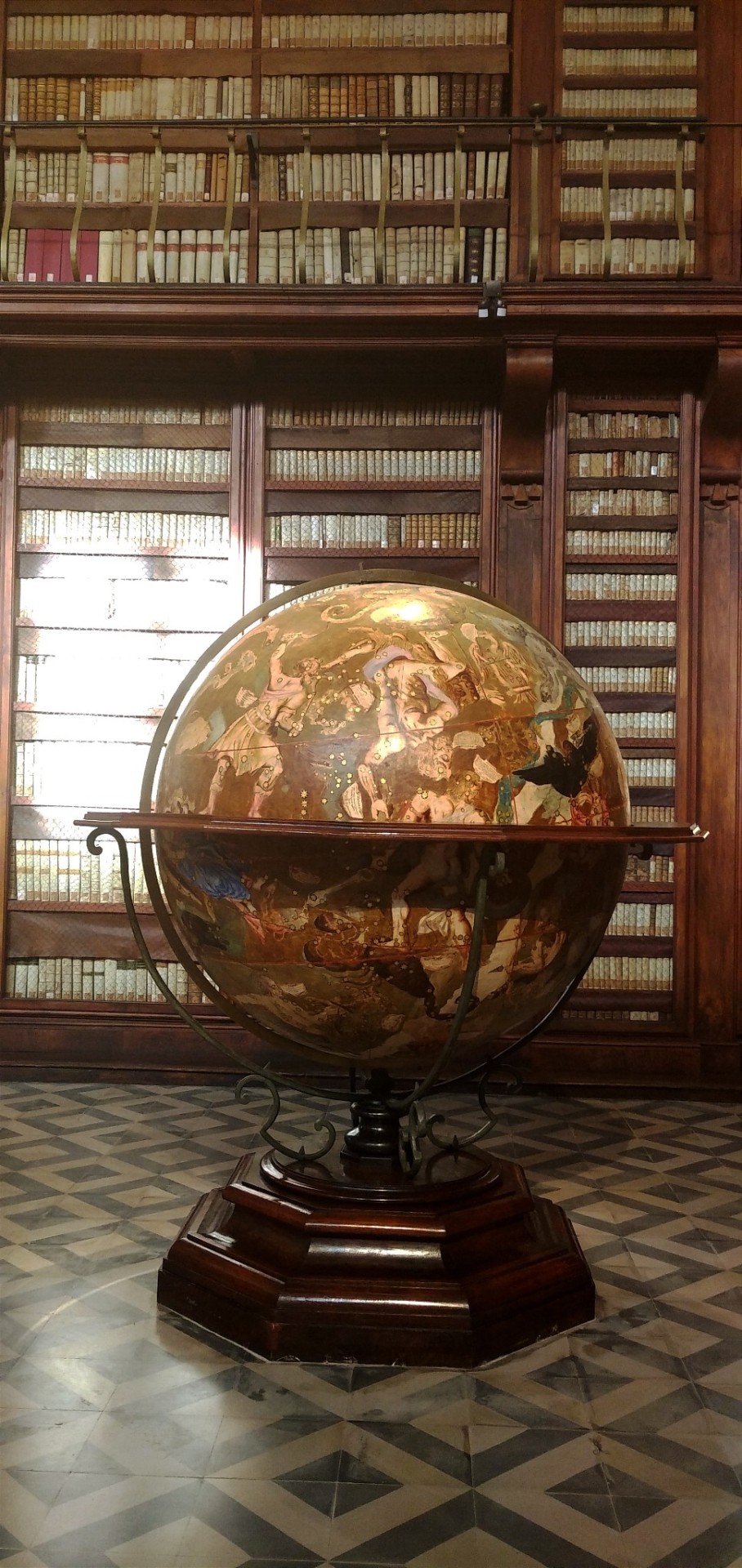
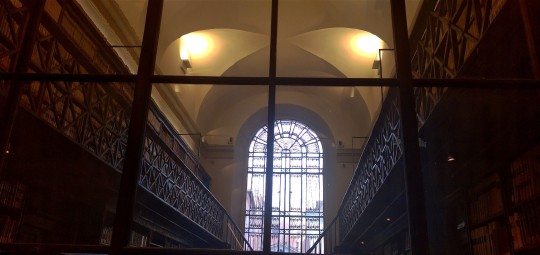
I've visited the Biblioteca Casanatense in Rome a few days ago and, as soon as I walked in, I felt exactly like Belle in THAT scene from Beauty and the Beast (you know the one) ♡
#living my best dark academia life ✨#dark academia#dark academia aesthetic#bookworm#books#ancient books#library#eighteenth century library#historical library#librarianship#library science#library science student#university student#university#academia#biblioteca casanatense#girolamo casanate#pierre le gros the younger#st thomas aquinas#bernardino cametti#rome#roma#photography#my photos#my pics
163 notes
·
View notes
Photo

Saint Thomas Aquinas
Doctor of the Church
1225-1274
Feast Day: January 28 (new), March 7 (Trad)
Patronage: Academics; against storms; against lightning; apologists; booksellers; Catholic academies, schools, and universities; chastity; philosophers; publishers; scholars; students; theologians
Thomas Aquinas was an Italian Dominican friar and priest. Also honored as a Doctor of the Church, Thomas is considered the Church's greatest theologian and philosopher. Pope Benedict XV declared: "This (Dominican) Order ... acquired new luster when the Church declared the teaching of Thomas to be her own and that Doctor, honored with the special praises of the Pontiffs, the master, and patron of Catholic schools."
{website}
#St Thomas Aquinas#saint for academics#saint for bookstores#Saint for scholars#saint for students#Catholic art
104 notes
·
View notes
Text
"[St. Thomas Aquinas's] holiness was intellectual, and he gave intellectual expression to the deep, mystical experiences of the greatest souls. His inner, mystical life, his secret communing with God, become in his writings so many abstract concepts, to all appearances as lifeless as the principles of geometry.
He does not use the language of a St. Teresa or a Ruysbroek or a John of the Cross. His vocation was to be a constraining and sobering influence; everything was subordinated to his proper work of teaching, which was not allowed to suffer for the sake of discussing what had no direct bearing on his teaching. The heart and the imagination must be rigorously subordinated to the intelligence.
His asceticism, his religion, his holiness, his oblation, adoration, holocaust was the right use of his reason. "The hero," says Emerson, "is he who is steadfastly concentrated," and it is in this sense that St. Thomas was a genius in philosophy, morality, and mysticism."
-A. G. Sertillanges, OP, Thomas Aquinas - Scholar, Poet, Mystic Saint
8 notes
·
View notes
Photo

O loving Pelican! O Jesus Lord! Unclean I am, but cleanse me in Thy Blood! Of which a single drop, for sinners split, can purge the entire world from all its guilt. (St. Thomas Aquinas)
442 notes
·
View notes
Text

40 notes
·
View notes
Text
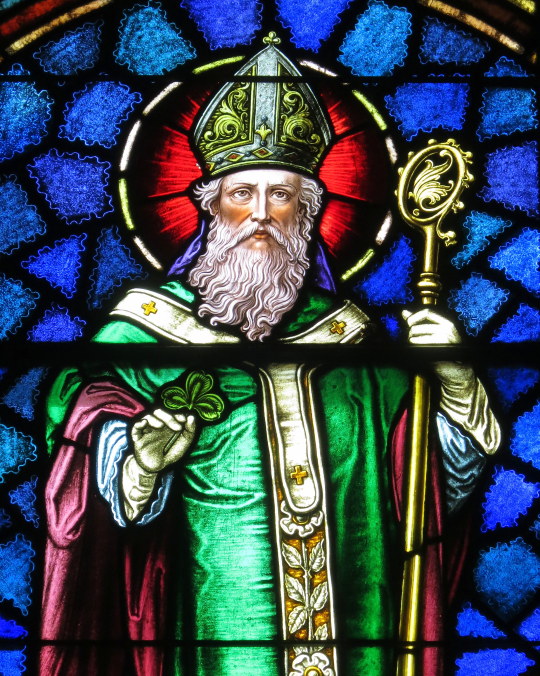

About St Patrick
About St Thomas Aquinas
Losers' Bracket Round 1
#st patrick#st thomas aquinas#catholic saint tournament#christianity#polls#tumblr tournament#catholic saints#tumblr bracket#catholic#theology#catholicism#tumblr polls
23 notes
·
View notes
Text
Medieval Latin Hymn Lauda Sion

"Lauda Sion" is a sequence prescribed for the Roman Catholic Mass for the feast of Corpus Christi. It was written by St. Thomas Aquinas around 1264, at the request of Pope Urban IV for the new Mass of this feast, along with Pange lingua, Sacris solemniis, and Verbum supernum prodiens, which are used in the Divine Office
Sion, lift up thy voice and sing praise thy Savior and thy King, Praise with hymns thy shepherd true.
All thou canst, do thou endeavour yet thy praise can equal never Such as merits thy great King.
See today before us laid the living and life-giving Bread, theme for praise and joy profound.
The same which at the sacred board was, by our incarnate Lord giv'n to His Apostles round.
Let the praise be loud and high sweet and tranquil be the joy felt today in every breast.
On this festival divine which records the origin of the glorious Eucharist.
On this table of the King our new Paschal offering brings to end the olden rite.
Here, for empty shadows fled is reality instead here, instead of darkness, light.
His own act, at supper seated Christ ordain'd to be repeated in His memory divine;
Wherefore now, with adoration we, the host of our salvation consecrate from bread and wine.
Hear, what holy Church maintaineth that the bread its substance changeth into Flesh, the wine to Blood.
Doth it pass thy comprehending? Faith, the law of sight transcending leaps to things not understood.
Here beneath these signs are hidden priceless things, to sense forbidden signs, not things, are all we see.
Flesh from bread, and Blood from wine yet is Christ in either sign all entire, confessed to be.
They, who of Him here partake sever not, nor rend, nor break but, entire, their Lord receive.
Whether one or thousands eat all receive the self-same meat nor the less for others leave.
Both the wicked and the good eat of this celestial Food but with ends how opposite!
Here tis life and there tis death the same, yet issuing to each in a difference infinite.
Nor a single doubt retain when they break the Host in twain but that in each part remains what was in the whole before.
Since the simple sign alone suffers change in state or form the signified remaining one and the same for evermore.
Behold the Bread of Angels for us pilgrims food, and token of the promise by Christ spoken children's meat, to dogs denied.
Shewn in Isaac's dedication in the manna's preparation in the Paschal immolation in old types pre-signified.
Jesu, shepherd of the sheep Thou thy flock in safety keep living bread, thy life supply strengthen us, or else we die fill us with celestial grace.
Thou, who feedest us below source of all we have or know grant that with Thy Saints above sitting at the feast of love we may see Thee face to face amen. Alleluia.
The Gregorian melody of the Lauda Sion is borrowed from the eleventh-century sequence Laetabundi iubilemus attributed to Adam of Saint Victor. The hymn tells of the institution of the Eucharist and clearly expresses the belief of the Roman Catholic Church in transubstantiation, that is, that the bread and wine truly become the Body and Blood of Christ when consecrated by a validly-ordained priest or bishop during the Mass. Lauda Sion is one of only four medieval sequences which were preserved in the Roman Missal published in 1570 following the Council of Trent (1545–1563).
12 notes
·
View notes
Text
What Happens When You Eat the Body of Christ? | Aquinas 101
youtube
#catholic#catholicism#christianity#youtube#spiritual warfare#jesus christ#blessed virgin mary#our lady#st thomas#st thomas aquinas#thomas aquinas#aquinas101#eurcharist#holy eucharist#body of christ#body and blood#transubstantiation
2 notes
·
View notes
Text

4 notes
·
View notes
Text
To convert somebody go and take them by the hand and guide them.
St. Thomas Aquinas
#catholicism#christianity#works of mercy#spiritual works of mercy#instruct the ignorant#quote#saint quote#st thomas aquinas
25 notes
·
View notes
Text
“Nothing exists in the intellect that was not previously in the senses.”
— St. Thomas Aquinas
#st thomas aquinas#I don't care how good your theory is if doesn't agree with experiment it's wrong#On the Origin of Time#in praise of Tumblr#my unconventional conventionists
5 notes
·
View notes

